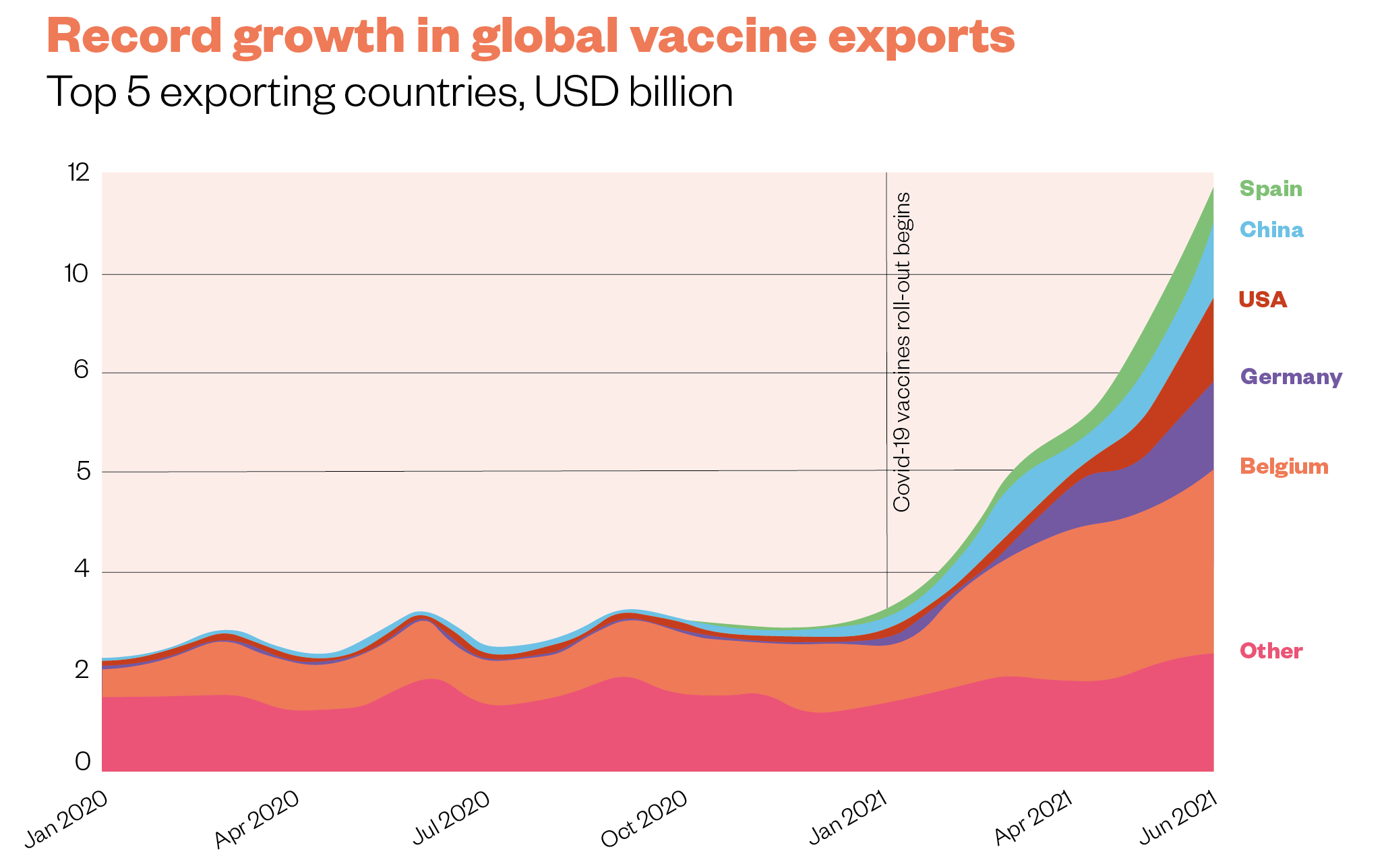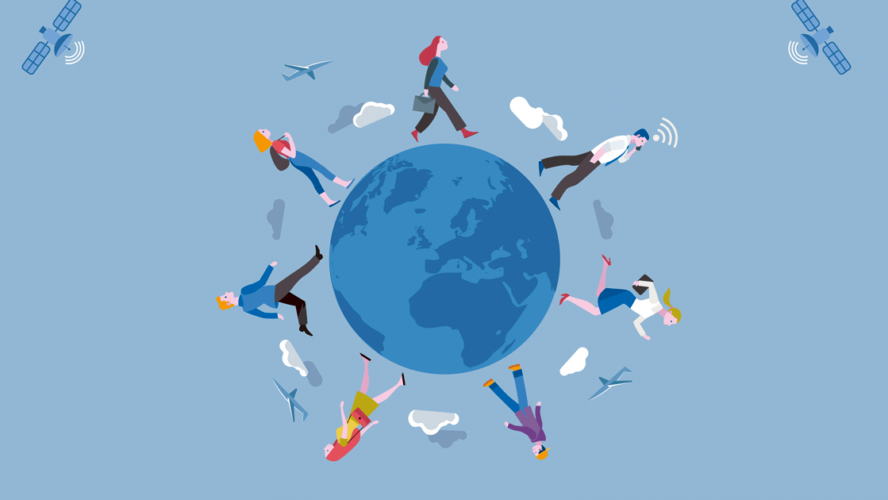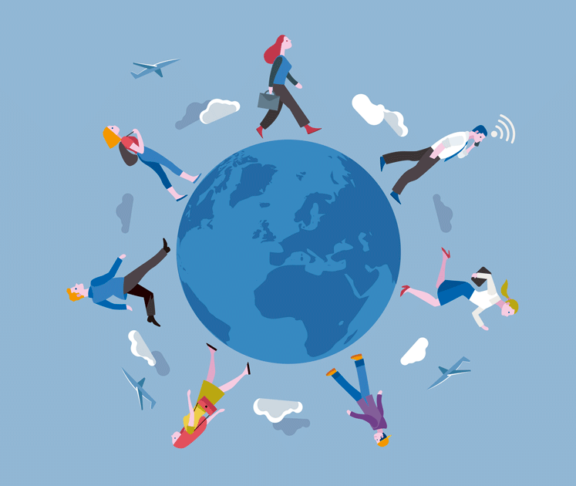
Javier Lopez Gonzalez
Senior Trade Policy Analyst, OECD

Andrea Andrenelli
Trade Policy Analyst, OECD

Silvia Sorescu
Trade Policy Analyst, OECD
The production, distribution and administration of vaccines is a highly specialised endeavour, the result of a complex interplay of many inputs, underlining the vital role of global trade and cross-border co-operation in supporting access.
Vials, cold boxes for transport, dry ice to maintain cold temperatures during transit, freezers for storage and syringes: we have become familiar with many of the components of vaccines since the outbreak of the COVID-19 pandemic. The vaccine supply chain, from production and storage to distribution and the final jab in the arm, is a complicated business, requiring logistics expertise and access to goods produced across a range of countries. Then there are the vaccines themselves, which require many active and inactive ingredients and can only be produced after a specific combination of research and development, skills and technologies.
Global access to COVID-19 vaccines
Global trade in vaccines, including COVID-19 vaccines, was 26% higher in the first six months of 2021 than it was for the whole of 2020. This is unprecedented. Five economies – Belgium, Germany, the United States, China and Spain – accounted for 73% of the value of these exports in 2021.
Robust global supply chains therefore played a vital role in providing access to COVID-19 vaccines for many countries that otherwise lacked the capacity to produce them (although for many lower-income countries access remains a challenge).
All countries are facing challenges in ensuring that their populations are vaccinated..
Global supply chains at work
From the start of vaccine clinical trials in the first quarter of 2020 to vaccination campaigns a year later, the world saw a 66% increase in global exports of consumable materials used to manufacture vaccines, such as cell culture media or filters. A similar pattern emerges for packaging materials for COVID-19 vaccines, such as vials or rubber stoppers, where trade over the same period grew by over 18%. Moreover, trade in some specialised inputs underpinning the manufacture of COVID-19 vaccines increased more than five-fold.
This shows global supply chains at work. Agile and resilient supply chains, enabled by global trade, support access in the face of unprecedented changes in demand for the products needed to fight COVID-19.
Continued international co-operation
All countries are facing challenges in ensuring that their populations are vaccinated, but not all countries produce all the goods needed to do this. There is a need for continued international co-operation to improve access. This should be coupled with a continued push to streamline trade-related processes at and behind the border and more and better co-ordination of logistical processes. This will help ensure timely access to vaccines for all.



